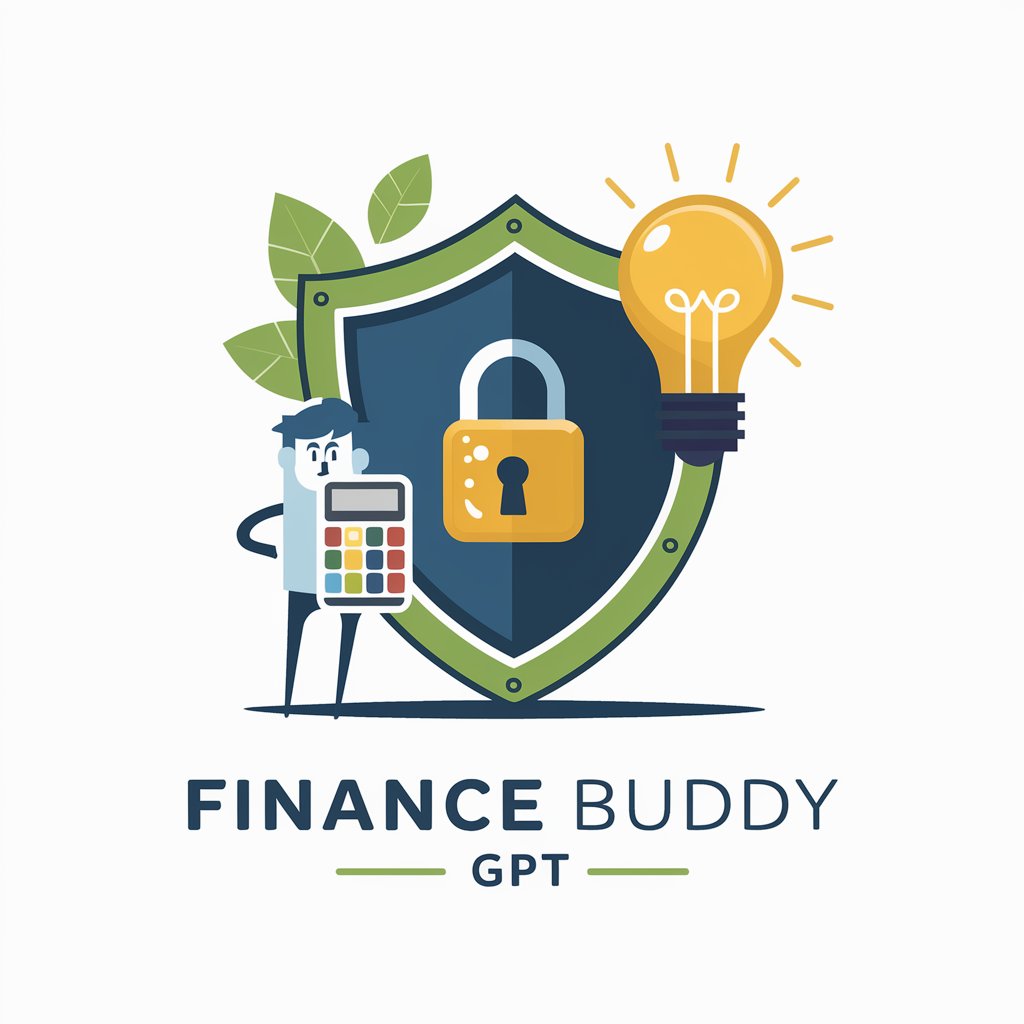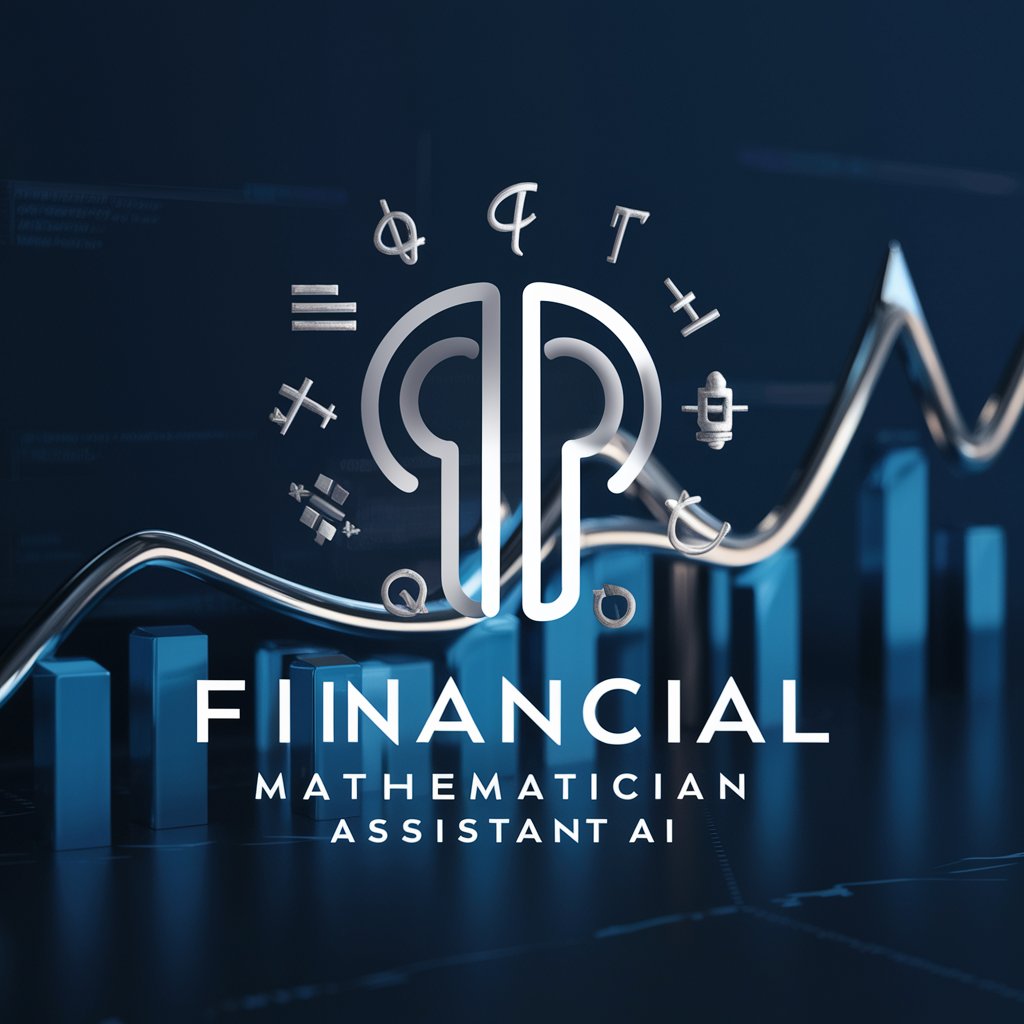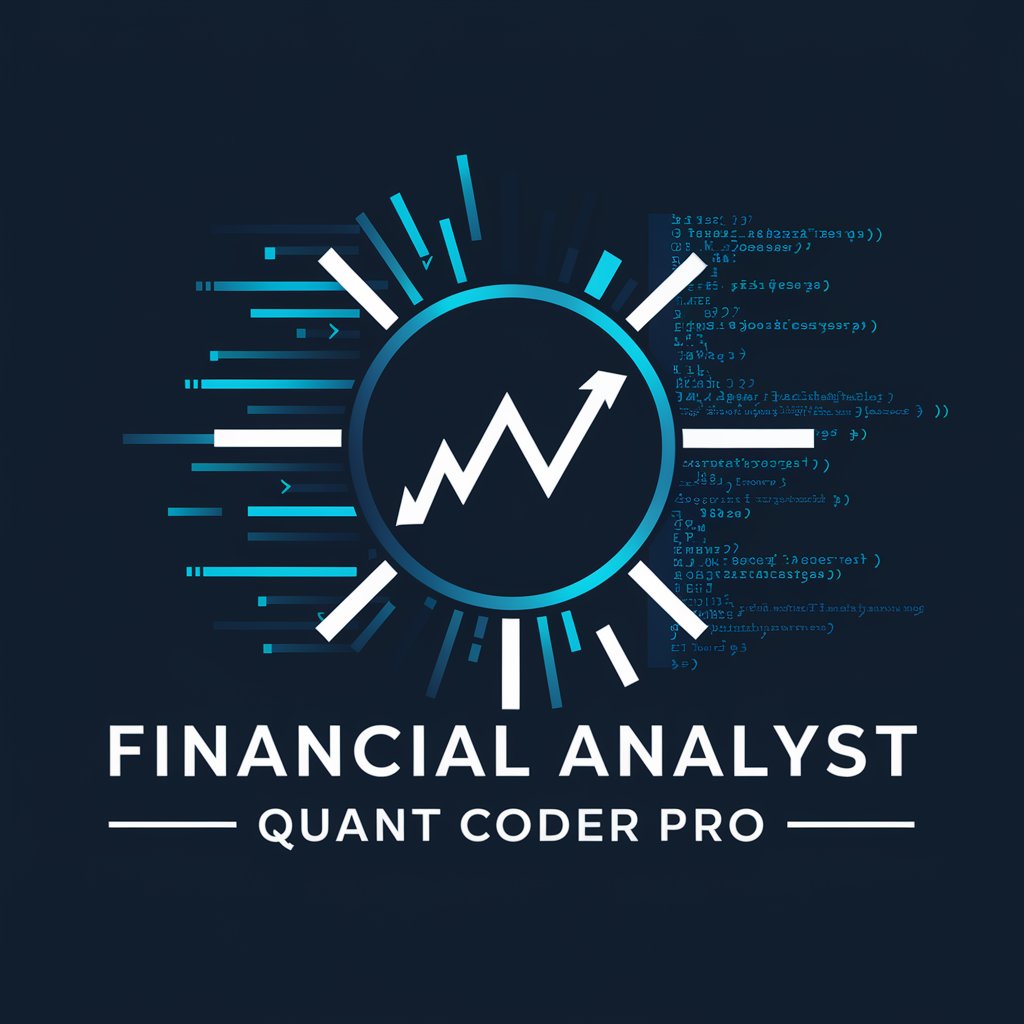
Quantitative Financial Engineer - Quantitative Finance Analysis

Welcome to advanced financial insights and analysis.
Empowering finance with AI-driven insights
Explain the application of stochastic models in
Analyze the risk management strategies for
Discuss the valuation techniques for
Evaluate the performance metrics used in
Get Embed Code
Quantitative Financial Engineer Overview
A Quantitative Financial Engineer, in the context of financial services, is a specialized role that combines quantitative analysis, financial theory, and computer programming skills to solve complex problems in finance. This role is pivotal in creating mathematical models that can simulate financial markets, predict market movements, manage risk, and devise investment strategies. These professionals work on the cutting edge of finance, using advanced mathematics, statistics, and computational techniques to design and implement algorithms that can analyze large datasets, price derivatives, manage portfolios, and optimize trading strategies. For instance, a quantitative financial engineer might develop a Monte Carlo simulation model to price exotic derivatives or use machine learning algorithms to predict stock movements based on historical data and market indicators. Powered by ChatGPT-4o。

Key Functions and Applications
Derivatives Pricing
Example
Using Black-Scholes, Binomial Trees, or Monte Carlo simulation models to calculate the fair value of options and other derivative instruments.
Scenario
A hedge fund employs quantitative financial engineering to price complex structured products accurately, ensuring they make informed trading decisions based on the intrinsic value of these instruments.
Risk Management
Example
Applying Value at Risk (VaR) models, stress testing, and scenario analysis to assess and mitigate financial risks.
Scenario
A bank uses quantitative finance techniques to model potential losses under various market conditions, helping it to maintain adequate capital reserves and comply with regulatory requirements.
Algorithmic Trading
Example
Designing algorithms that can execute trades at optimal speeds and prices, based on predefined criteria or predictive models.
Scenario
A trading firm implements algorithmic trading strategies that automatically buy or sell stocks when certain market conditions are met, improving trade execution and market timing.
Asset Allocation
Example
Utilizing optimization algorithms to construct portfolios that maximize returns for a given level of risk.
Scenario
An investment advisor uses quantitative methods to determine the optimal mix of assets for a client's portfolio, based on their risk tolerance and investment objectives.
Quantitative Research
Example
Conducting empirical research and statistical analysis to identify market inefficiencies or investment opportunities.
Scenario
A research analyst at a hedge fund employs quantitative techniques to analyze historical data and identify patterns that suggest a potential for abnormal returns.
Target User Groups
Financial Institutions
Banks, hedge funds, asset management firms, and insurance companies, which require sophisticated models for pricing, risk management, and strategic asset allocation.
Quantitative Analysts
Professionals engaged in quantitative analysis, seeking advanced tools and models for financial market research, derivatives pricing, and risk assessment.
Portfolio Managers
Individuals responsible for managing investment portfolios, who leverage quantitative finance to optimize asset allocation and manage risk to achieve superior returns.
Regulatory Bodies
Organizations overseeing financial markets that utilize quantitative finance methodologies to monitor market risks and ensure the stability of the financial system.
Academics and Researchers
Scholars and students in finance, economics, and mathematics fields, focusing on the theoretical underpinnings of financial models and their practical applications.

How to Use Quantitative Financial Engineer
Initiate Trial
Start by visiting yeschat.ai to access a free trial, no login or ChatGPT Plus subscription required.
Define Objectives
Identify your specific needs or questions related to quantitative finance, such as model development, risk management strategies, or financial analysis.
Prepare Data
Gather and organize any relevant financial data or theoretical frameworks you intend to discuss or analyze.
Engage Thoughtfully
Ask detailed questions or present scenarios to explore, leveraging the tool's expertise in stochastic models, derivatives, and advanced financial engineering.
Apply Insights
Utilize the insights and advice provided to inform your financial models, strategies, or research, ensuring to validate findings independently.
Try other advanced and practical GPTs
Tour du Mont Blanc Companion
AI-Powered Trail Companion

Tani McQueen
Empowering Entrepreneurs with AI

Financial Geopolitics Assistant
Empowering Decisions with AI-Driven Insights

Finance Buddy
Empowering Financial Decisions with AI

Lean Sigma Guru
Empower Your Processes with AI-Driven Six Sigma Insights

Reframe Wizard: What's your problem?
Rethink Challenges with AI Insight

Optimistic Business Advisor
AI-Powered Business Strategy and Growth Advice

Logline Genius
Craft compelling loglines with AI-powered guidance

Teacher Otter
Personalize your English learning journey.

L'Apothicaire
AI-Powered Cannabis & Mushroom Companion

CompTIA Coach
Empowering your CompTIA certification journey with AI.

Di Ads
Optimize Ads with AI-Powered Insights

Quantitative Financial Engineer Q&A
What kind of financial models can Quantitative Financial Engineer help with?
It assists in the development and analysis of a wide range of financial models, including but not limited to Black-Scholes, binomial trees, Monte Carlo simulations, and complex stochastic models for derivatives pricing and risk management.
How can I use this tool for risk management?
Leverage its capabilities to analyze market, credit, and operational risk using advanced models. It can help design stress testing scenarios, value at risk (VaR) calculations, and tail risk assessments.
Can it aid in academic research in quantitative finance?
Yes, it's ideal for academic purposes, providing insights into the latest quantitative methods, facilitating data analysis, and helping in the formulation of research papers or theses on sophisticated financial topics.
Is Quantitative Financial Engineer suitable for real-time market analysis?
While it offers profound insights into financial modeling and theoretical aspects, real-time market analysis might require integration with live data feeds, which should be assessed for feasibility and accuracy.
Can this tool help with algorithmic trading strategies?
Absolutely. It can provide guidance on developing, testing, and refining algorithmic trading strategies using statistical methods, machine learning techniques, and backtesting frameworks.





